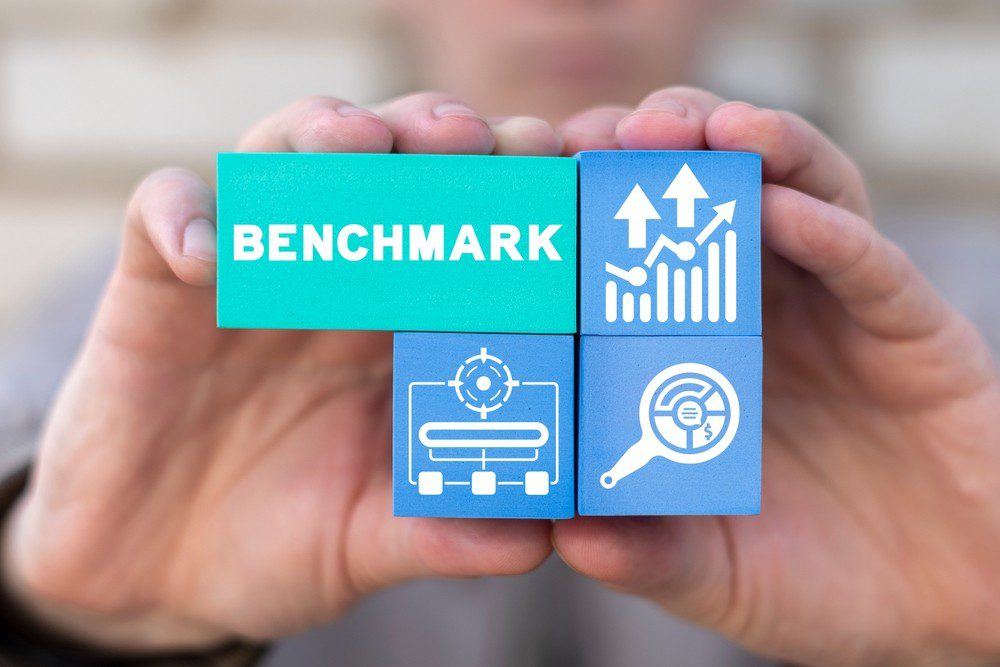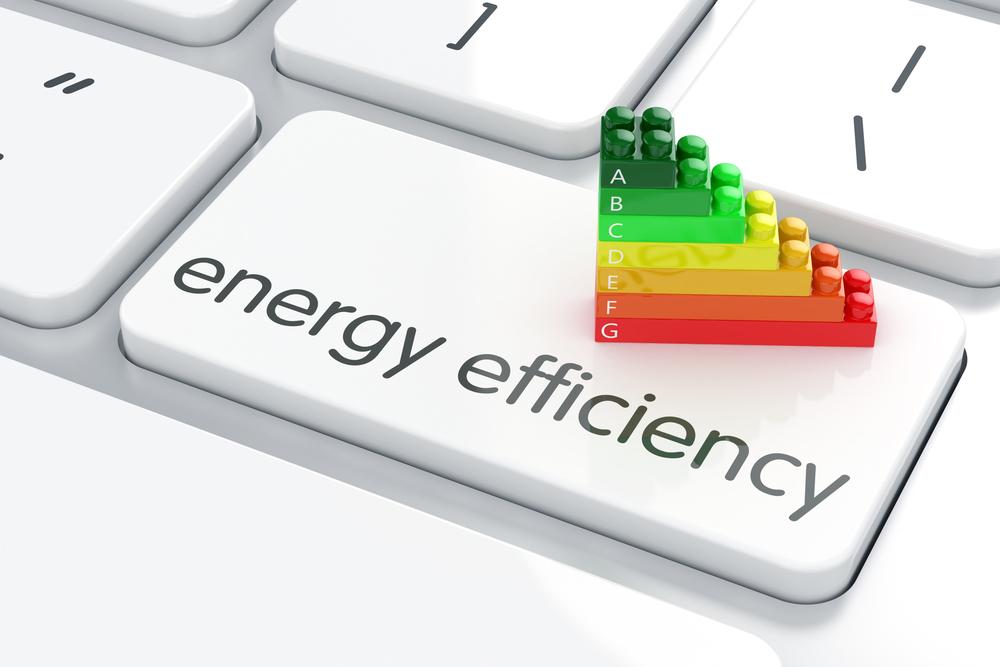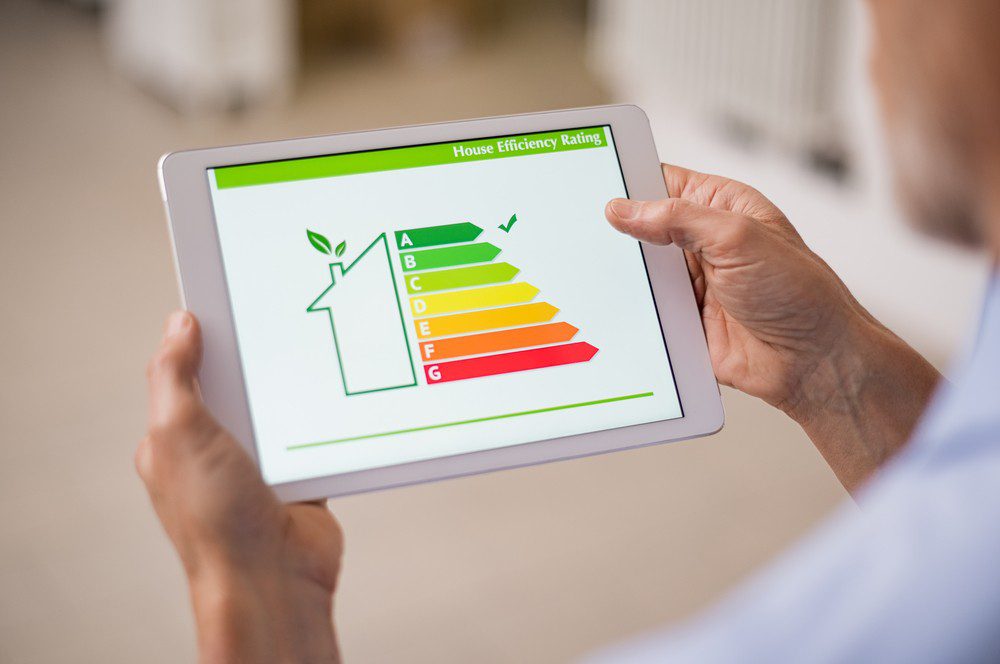Why You Should Invest In NYC Energy Benchmarking To Reduce Your Carbon Footprint
As the world continues to face an uncertain and ever-changing environment, it is becoming increasingly important for businesses of all sizes to reduce their carbon footprints. One cost-effective way for companies in New York City (NYC) to do this is by investing in energy benchmarking. NYC’s Energy Benchmarking law has made it easier than ever before for building owners and tenants to monitor, compare, and improve their energy performance. With all the potential benefits that come from investing in benchmarking solutions, it’s a great opportunity for any company looking to go green! In this blog post we will explore why NYC Energy Benchmarking is key for your business operations and how you can begin taking advantage of its environmental advantages today.
What is NYC Energy Benchmarking?
NYC Energy Benchmarking is a mandatory energy efficiency program requiring certain buildings in New York City to track and submit energy use data on an annual basis. Buildings that participate in energy benchmarking are provided with energy efficiency ratings, giving owners insight into how their building compares to similar ones.
The overall goal of the local law is to improve the energy efficiency of NYC buildings throughout the five boroughs by providing comprehensive, actionable data that helps identify and reduce energy and emissions performance.
Leveraging the ENERGY STAR portfolio management tool, cities across the country can monitor progress and improve efficiency in thousands of public and private buildings at once.
NYC Energy Benchmarking is ultimately a cost-saving practice for landlords and building owners looking to make their property more efficient- friendly for both tenants’ wallets and our planet!
What are NYC Energy Benchmarking Requirements?
New York City has set out energy benchmarking requirements to help reduce the city’s pollution levels, which have had a devastating effect on public health and the environment. NYC Energy Benchmarking is a voluntary program that helps building owners understand the energy use of their buildings in comparison to similar buildings, setting targets for energy efficiency improvements.
This program requires that each year buildings over 25,000 sq ft track each and submit their annual energy and water usage with the intention of creating awareness of how much energy their buildings use. Owners then can compare their buildings’ energy performances throughout time with EPA ratings from over 5000 commercial buildings.
If a certain building is found to be an inefficient use of resources, NYC Energy Benchmarking provides suggestions on how to improve its performance in order to help reduce emissions and save money. All data is then used by the city as aggregate data only, reducing privacy concerns so authorities can assess the emission profiles of individuals or groups of buildings.
Through this program, New York City not only reduces its own carbon footprint and saves its renewable energy but other cities adopt these practices and are inspired by New York’s leadership in this effort thus leading to global impact.
Benefits of Investing in NYC Energy Benchmarking
New York City buildings account for nearly 75% of the city’s carbon emissions, making energy efficiency through benchmarking a critical factor in fighting climate change. Investing in NYC Energy Benchmarking can provide a significant return on investment by reducing energy costs and creating a healthier living environment.
For commercial buildings, it can mean improved occupancy rates from tenants who value eco-friendly options, better leasing deals as new efficiency measures lower energy bills even further, and tax incentives provided by the New York State Energy Research and Development Authority.
Property managers also benefit from an easy-to-use online system to compare their buildings’ performance with similar properties and receive energy efficiency grades based on their energy savings efforts.
NYC Energy Benchmarking is an important step towards achieving greater sustainability at both an individual building level as well as community-wide.
Reasons to Invest in NYC Energy Benchmarking
Leverage Data for Real Estate Investment:
Benchmarking provides real estate owners and investors with data that can be used to make informed decisions. Real estate owners can use benchmarking data to compare their building’s energy performance against similar buildings, identify opportunities for improvement, and prioritize investments.
Improve Property Value:
Benchmarking can help improve property value by increasing overall efficiency and enhancing tenant comfort. Owners have the opportunity to demonstrate their commitment to energy efficiency, which has become an increasingly important factor for tenants when selecting the property.
Reduce Operating Costs:
By benchmarking a building’s performance and identifying opportunities for improvement, owners can reduce operating costs. The data provides insight into potential cost savings and the ability to target investments towards areas of greatest return.
Reduce Greenhouse Gas Emissions:
Benchmarking helps reduce greenhouse gas emissions by providing real estate owners with data that can inform operational decisions. By understanding energy use in their buildings and setting goals for improvement, owners can take action to reduce carbon dioxide emission levels.
Maximize Subsidies & Incentives:
Benchmarking can help owners maximize their access to subsidies and incentives offered by energy service companies, energy efficiency programs, and local governments. Depending on a building’s performance, owners may be eligible to receive funding or tax credits.
Attract Eco-conscious Tenants:
NYC Energy Benchmarking provides an opportunity for owners to demonstrate their commitment to sustainability and attract tenants who prioritize energy efficiency. Owners can use the data to demonstrate their building’s performance in comparison with industry standards and showcase the improvements they have made.
Meet Legal Obligations:
NYC Energy Benchmarking is a legal requirement for buildings over 25,000 square feet in NYC. It’s important that owners comply with the law and submit their reports on time to avoid potential fines. Benchmarking also helps owners meet other legal obligations related to energy efficiency, such as the Carbon Emission Reduction Requirement.
Demonstrate Leadership:
Benchmarking provides owners with a powerful platform to demonstrate their commitment to energy efficiency. By investing in NYC Energy Benchmarking, owners can demonstrate their leadership to the market and gain recognition for their achievements. This will help them stand out from the competition and attract eco-conscious tenants.
By investing in NYC Energy Benchmarking, real estate owners and investors can capitalize on data to make informed decisions, improve property value and reduce operating costs, maximize subsidies and incentives, attract eco-conscious tenants, and meet legal obligations. Investing in benchmarking is an essential step for real estate owners to succeed in the changing market.
How NYC Energy Benchmarking Can Lower Your Carbon Footprint?
City-wide efforts to reduce carbon emissions are a must in the fight against climate change, and the New York city council is leading the way. Through NYC energy benchmarking, they are making new requirements that existing buildings need to meet regarding their heating and cooling systems.
By better understanding the energy and water usage of these buildings, owners have the data points needed to make informed decisions about new efficient equipment installations and timely repairs that improve efficiency.
These changes can significantly help lower the carbon footprint in New York City because less energy is being used which also reduces greenhouse gas emissions from power plants. In addition, it saves businesses money on their utility bills every month!
As NYC continues to invest in this practice, we’ll all be able to benefit from cleaner air, reduced costs, and a healthier planet.
How Building Owners Can Use NYC Energy Benchmarking To Increase Energy efficiency?

Building owners in New York City have the ability to increase their energy efficiency with NYC Energy Benchmarking. This program, put forth by the New York City Department of Buildings provides covered buildings with the resources to reduce their carbon footprint and save money.
By using this program covered building owners can access a wealth of knowledge on data-driven recommended investments, distributed energy resources, and ways they can measure their success.
NYC Energy Benchmarking allows building owners to identify where their buildings are wasting energy, understand their economic and environmental gains from implementing energy efficient solutions, as well as tracking progress over time.
With this invaluable information covered building owners will be able to save money while helping protect the environment.
How To Get Started With NYC Energy Benchmarking?
NYC Energy Benchmarking is a great way for building owners for reducing greenhouse gas emissions of their buildings while simultaneously reducing energy costs.
It requires an owner with an online NYC Buildings account to first log into the website and supply basic information about their building, including the address and borough.
The next step is uploading certain documents, including an energy report and electricity bills, then viewing your building’s initial energy score—generated by combining reported details on square footage, number of buildings, thermostat capacity, etc.—and comparing it against peer buildings.
NYC Energy Benchmarking projects power bill reductions of up to 10% each year when reducing energy use by 20%. Start reducing your energy footprint today with NYC Energy Benchmarking!
Conclusion
NYC energy benchmarking is an important step towards reducing your carbon footprint and saving on energy costs. By understanding how much energy your building uses, you can make informed decisions about how to reduce consumption and save money. And, by reducing your building’s energy use, you’ll also be doing your part to help the environment. If you’re interested in learning more about NYC energy benchmarking or would like help getting started, we’d be happy to talk with you.







 Search by Zip to Find Applicable Energy Laws
Search by Zip to Find Applicable Energy Laws